Timelines
We could make this publication thanks to small donations. How is 3 minutos de arte supported?
Moments of Velázquez
1618. Old Woman Frying Eggs. Early years. Sevillian period. Velázquez was inspired by Caravaggio’s tenebrism while he was studying.
1618. The Three Musicians
1618. Christ in the House of Martha and Mary
1618-22. The Waterseller of Seville
In 1623, when he was 24, Velázquez settled in Madrid. He was named court painter to King Philip IV. From that moment on, he always worked for the court.
1628. The Triumph of Bacchus
1630. The Forge of Vulcan. Between 1629 and 1630, he made his first trip to Italy, where he had the opportunity to study the great masters of the Renaissance. (Something that is evident in the perspectives and the naked anatomy that he painted in this period).
1630. Joseph’s Bloody Coat Brought to Jacob
1632. Christ Crucified
1634. Equestrian Portrait of the Count-Duke of Olivares
1634-35. The Surrender of Breda
1635. Prince Baltasar Carlos on Horseback
1635. Philip IV in Brown and Silver
1640. Mars
1643-45. Portrait of Francisco Lezcano (Niño de Vallecas)
1644. The Buffoon El Primo
1647. Venus at Her Mirror
Between 1649 and 1651, he made his second trip to Italy to acquire art for the king. There, he developed the style that would make him one of the most admired artists in history.
1650. Innocent X. His best works were created in this last decade; it was the pinnacle of his style. At times, he used the loose brushstroke that would influence Impressionist painting so much a couple of centuries later.
1650. Portrait of Juan de Pareja
1653. Infanta Margarita
1656. Las meninas
1657. The Fable of Arachne
1659. Infanta Margarita Teresa in a Blue Dress
1659. Mercury and Argos
1660. Margarita Teresa, Infanta of Spain
Recommended links:
Velázquez, the Painter of the Greatness and the Miseries of Men.
The Spinners or The Fable of Arachne.
The Story of the Velázquez’s Painting which was Stabbed.
Characteristic Elements of Baroque Painting.
Artistic Movements from Classical Antiquity to Rococo.
You can also find more material using the search engine.
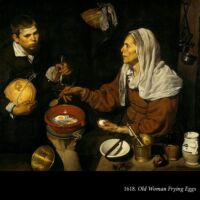
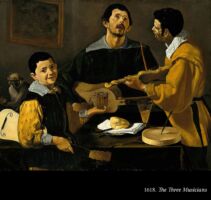
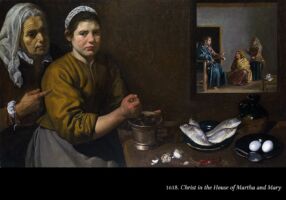
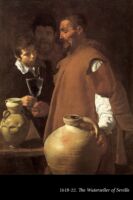

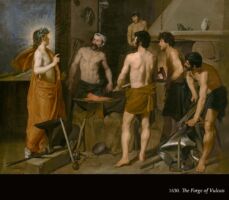

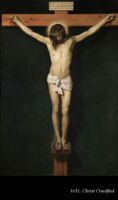

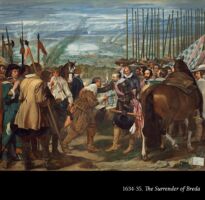
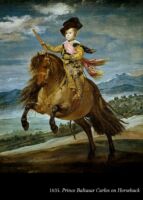




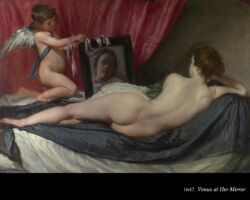

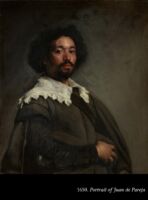

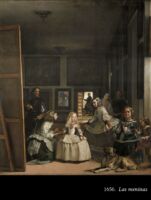
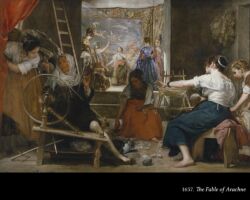
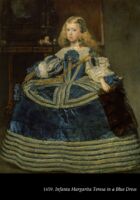
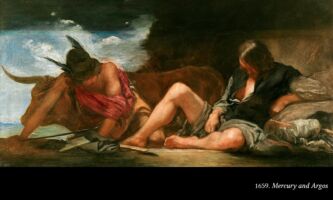
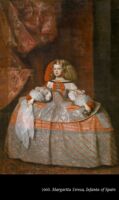


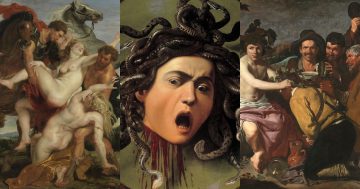
0 Comments